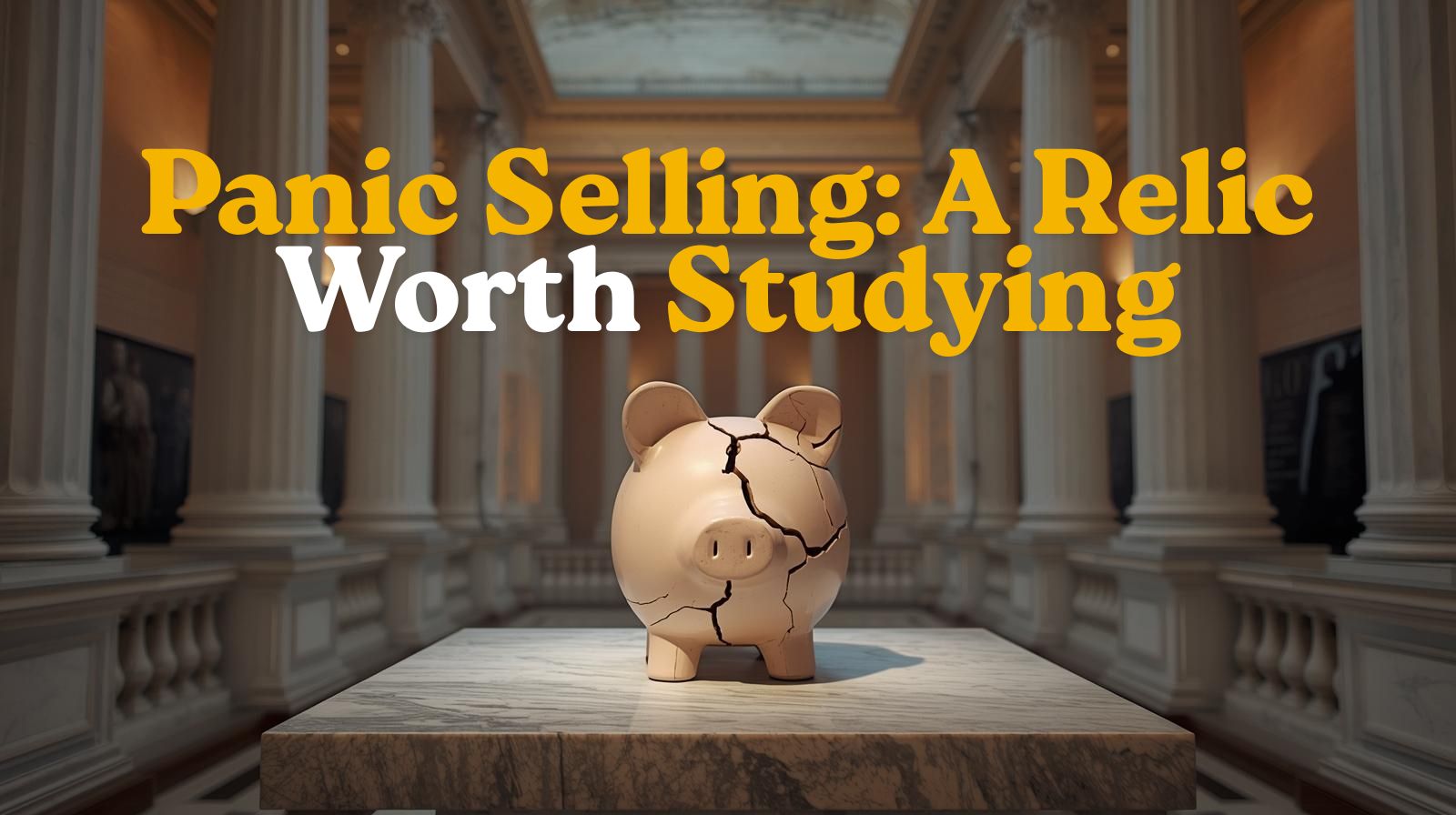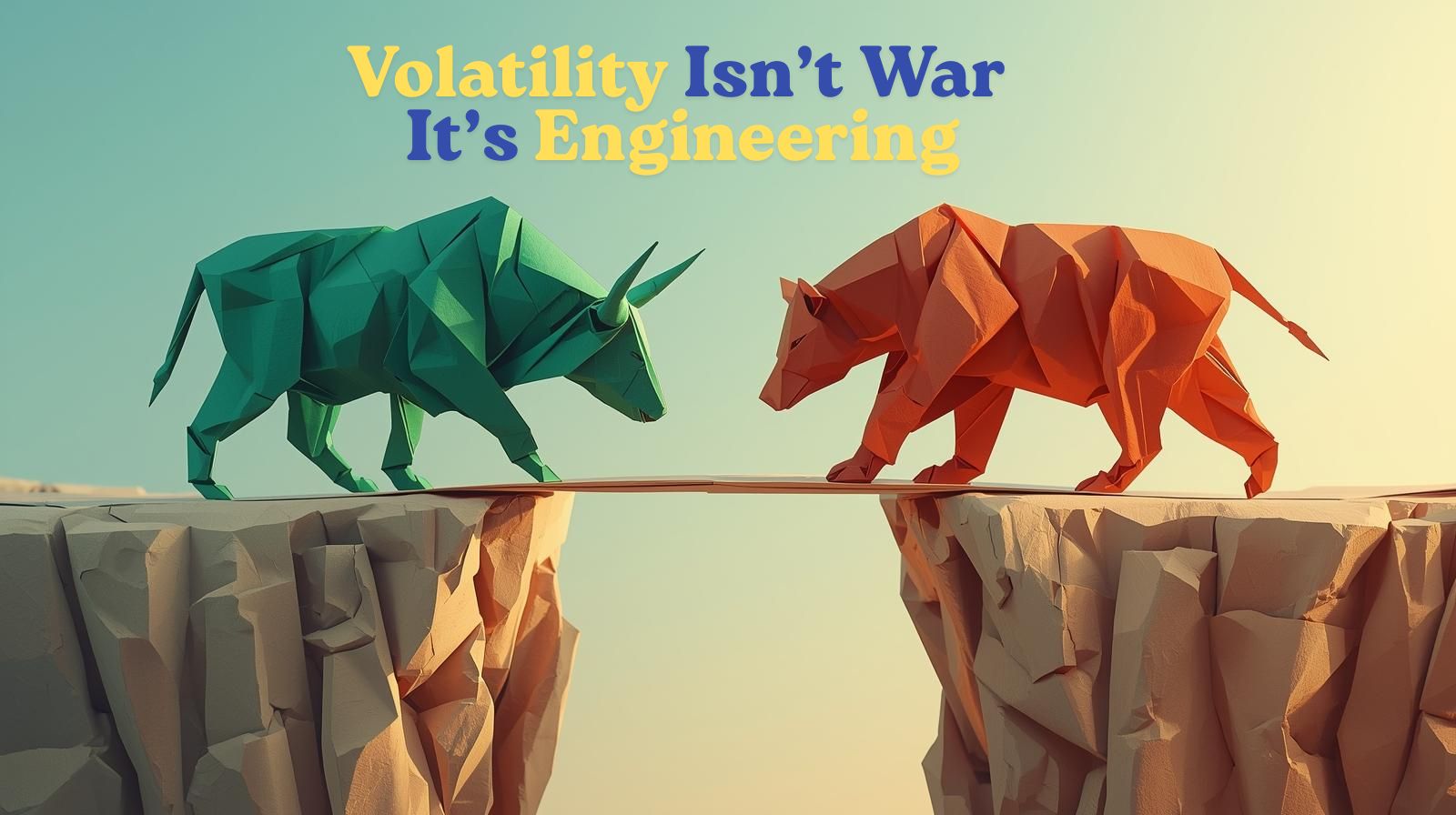- The Bread Bin
- Posts
- 5 Rookie Mistakes to Avoid When Markets Go Crazy
5 Rookie Mistakes to Avoid When Markets Go Crazy
Volatility separates seasoned investors from nervous newcomers. These are the five classic mistakes that quietly eat away at returns and how you can sidestep them like a pro.

When the market starts doing backflips, most new investors do the exact opposite of what works. The trick isn’t to be a genius, it’s to not trip over your own shoelaces when things get wobbly.
Panic Selling at the Bottom
When markets fall sharply, your brain screams “GET OUT.” It’s a survival response, the same instinct that kept your ancestors alive when they saw a tiger in the grass. But in investing, that instinct often triggers at the worst possible moment.
Look back at March 2020: the S&P 500 dropped nearly 34% in a matter of weeks. Many new investors bailed near the bottom. Just a few months later, the market had recovered most of its losses and those who panicked locked in permanent damage.

Jumping early might feel safe but it often leaves you hanging while everyone else rides it out.
Why this happens:
Losses hurt psychologically about twice as much as gains feel good.
New investors often don’t have a time horizon mapped out, so every drop feels personal.
👉 Better move:
Zoom out. Pull up a 5 or 10 year chart of any major index and notice how short term drops look like small dips in hindsight.
If the fundamentals of your investment haven’t changed, holding through often beats emotional selling.
Set pre defined rules (e.g. “I don’t sell unless the company thesis breaks”) to override panic.
Chasing “Safe” Assets After They’ve Already Spiked
Every downturn has its “flight to safety” moment. Investors rush into gold, Treasuries, or defensive stocks like utilities and consumer staples. By the time headlines read “Investors Flock to Safe Havens,” those assets are often already priced for perfection.
For example, during the 2008 crisis, gold surged over 25% from late 2008 into 2009 as fear spread. Latecomers piled in at the peak just in time for a multi month pullback. Defensive assets can protect you if bought early, but chasing them after the herd often just means buying high and earning lower future returns.
Why this happens:
It’s comforting to “do something” when others panic.
Safety stories feel emotionally soothing even if the maths no longer adds up.
👉 Better move:
Build your defensive exposure before markets wobble not during the panic.
Look at valuation, not vibes. Even defensive assets can be overpriced.
Don’t switch your entire portfolio to “safety” mid storm. Balance matters.
Overtrading to Feel in Control
Volatility can make even calm investors twitchy. The constant movement tempts people to “catch every swing,” believing more trades = more control. In reality, each trade is another decision point… and another chance to mess it up.
A DALBAR study found that the average equity fund investor underperformed the S&P 500 by around 6% annually over 20 years, mostly due to bad timing buying and selling too often. Transaction costs, taxes, and simple mistakes compound quietly.
Why this happens:
Humans equate activity with control.
News cycles create a false sense of urgency.
👉 Better move:
If you’re a long term investor, volatility is background noise not a call to arms.
Consider setting strict trading “blackout” periods (e.g. “I only review positions monthly”).
Keep a watchlist or journal to observe moves without acting on every impulse.

Some mistakes belong behind glass, not repeated in real time.
Following Sensational Headlines
“MARKETS IN FREEFALL!” “WORST DAY SINCE 1987!” Headlines are designed to grab your attention, not help you build wealth. Financial media thrives on fear because fear drives clicks.
In March 2023, UK tabloids screamed about “Banking Collapse 2.0” during the SVB crisis. The FTSE 100 dropped ~5% in a week. Many newcomers dumped bank stocks just before markets stabilised. Sensational headlines often give you the story after the move has already happened.
Why this happens:
Our brains are wired to notice danger first.
It feels rational to react to “news,” even when it’s noise.
👉 Better move:
Limit your inputs. Pick 2–3 trusted data sources and ignore the rest.
Focus on fundamentals, not daily drama.
If you do read news, ask: “What’s actually changed in the underlying business?” not just the headline.
Abandoning the Original Plan
When markets are calm, it’s easy to set a plan: monthly investing, a watchlist of high quality businesses, a long term time horizon. When volatility hits, that discipline is tested. Many new investors ditch their plans, chase trends, or try to time the bottom, usually at the worst possible moment.
During 2022’s tech selloff, countless beginners who started dollar cost averaging into ETFs abandoned their plans mid drop, only to re-enter months later at higher prices. This stop start behaviour quietly destroys compounding.
Why this happens:
Volatility triggers doubt: “Was my plan wrong?”
Social media amplifies FOMO from traders who got “lucky.”
👉 Better move:
Revisit your plan during calm periods. Know your why, how long, and when you’d change course.
Separate your strategy (long term plan) from tactics (short term moves).
Stick to your system unless your underlying investment thesis truly changes.
Ride the Storm, Don’t Fight
Volatile markets don’t make bad investors, they reveal them. The difference between those who thrive and those who flounder isn’t IQ or luck. It’s behaviour.
If you can:
Keep your head when others panic,
Stick to a well thought out plan, and
Avoid the five traps above…
…you’ll be ahead of the majority of new investors. The goal isn’t to predict the storm; it’s to build a vessel sturdy enough to sail through it.

Markets aren’t a fight to win, they’re a structure to build.
Already subscribed, then you don’t have to do anything except enjoy our great content.
If you haven’t subscribed yet and want to cut through the noise? Subscribe for monthly plain English breakdowns that help everyday people see the bigger picture. Sign up for the free newsletter today.
Quick favour - what part of today’s post stuck with you? The charts, the story, or the takeaway? If you think a mate would get something out of it too, hit the share button at the top of the page and pass it on. We’re trying to give as many people as possible, the chance to make their money work harder.
⚠️ Disclaimer:
This is for educational purposes only, and is not financial advice. Always do your own research before making investment decisions.